My husband has never been to London, which is a big reason why we went.
Since I had already been there twice before — once as recent as last year — I decided to let him pick the places he wanted to go.
Tower of London, the British Museum, a pub to eat fish and chips — he rattled off the usual London must-dos.
Then he said he wanted to see nēnē.
As in the Hawaiian goose endemic to the Islands.
As in the ones we can see at the Honolulu Zoo.
So why did he want to fly 7,200 miles to London to see our own state bird?
Turns out, the Wildfowl and Wetlands Trust in London was instrumental in the successful breeding the nēnē in captivity back in the 1950s and staving off possible (or inevitable) extinction.
My husband had heard about this and wondered if we could visit the actual sanctuary where the nēnē were bred and kept.
Tall orders for me. Luckily, I have mad Google skills and found the preserve where this all happened.
It was a nature reserve Slimbridge, managed by the WWT, where the goose were bred for later re-introduction into the wild in Hawai‘i. It’s located halfway between Bristol and Gloucester on the estuary of the River Severn, more than 115 miles west of London. It opened in November 1946 by the artist and naturalist Sir Peter Scott and sprawls over 120 acres.
This place is a birder’s paradise, with a number of ducks, geese, swans and birds roaming around the preserve. You can see large flocks of white-fronted geese, clusters of pink flamingos, and graceful Bewick’s swans here, in addition to peregrine, merlin, coots, black-tailed godwits, lapwings, ruffs, spotted redshanks and curlew sandpipers.
And yes, the nēnē are everywhere!
What’s great about this reserve is that you can actually walk around and feed these birds. In Hawai‘i, you can’t even get close to a nēnē, much less feed one. (Well, they’re also not the easiest to find in the Islands. The best spots are Haleakalā and Pi‘iholo ranches on Maui and on Hawai‘i Island.)
The nēnē are one of the world’s rarest goose. At one time, there were an estimated 25,000 of them living in Hawai‘i back in the late 1770s. But hunters and predators such as the mongoose, pigs and feral cats have reduced the population to less than 30 birds by 1952. Today, and thanks to Slimbridge, the population is at around 2,500 birds in the state.
And they can also be found at all nine of WWT’s reserves.
“They have the golden key,” said keeper John Crooks. “They can do whatever they want.”
There are even otters here, one of the most popular stops at the reserve. And for good reason. These North American otters — a mother and her two daughters — are playful and adorable. If it weren’t illegal, I’d probably have 12 in my backyard.
The otters arrived at the center in 2009 as part of its wetland mammal area called “Back from the Brink.” Crooks, who handles the otters, gives a quick 30-minute talk about otters while he feeds them every day.
After the otter talk, we ventured outside the park and into the preserve. It was just a 20-minute walk along the wetlands.
It was really quite spectacular to spend the afternoon here. And it wasn’t just about hand-feeding the nēnē, either (though I will admit that was one of the highlights). It was seeing how much people care about their natural environment and the animals and plants that are an integral part of it. These folks at WWT really believe in the profound importance about the wetlands, and that was the most inspiring part of our time there.
So yes, the nature reserve was beautiful. But more importantly, it was about how to keep the world this beautiful for other generations to enjoy.
Follow Cat on her #FoxHoneymoon to England, Scotland and Ireland on Twitter @thedailydish and Instagram @catherinetoth. Track her travels at #CatTravels.

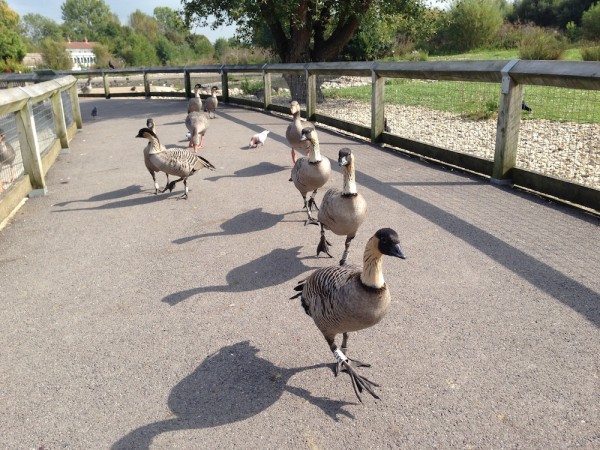
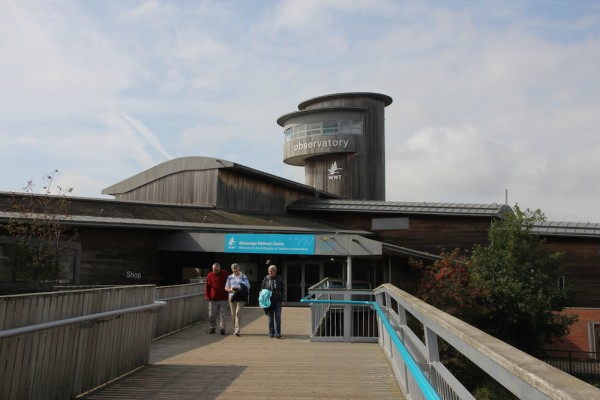
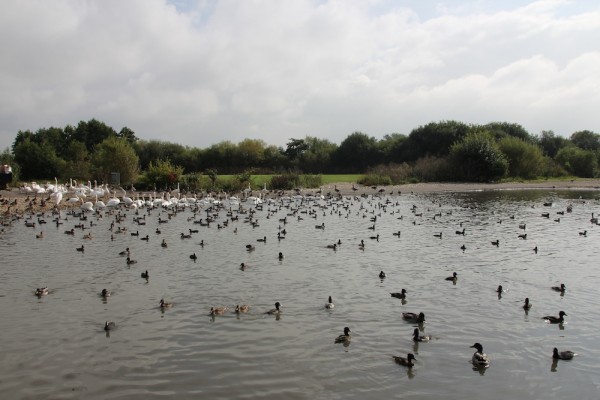
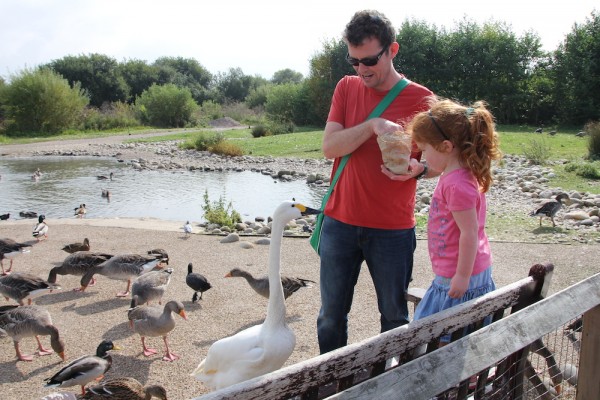
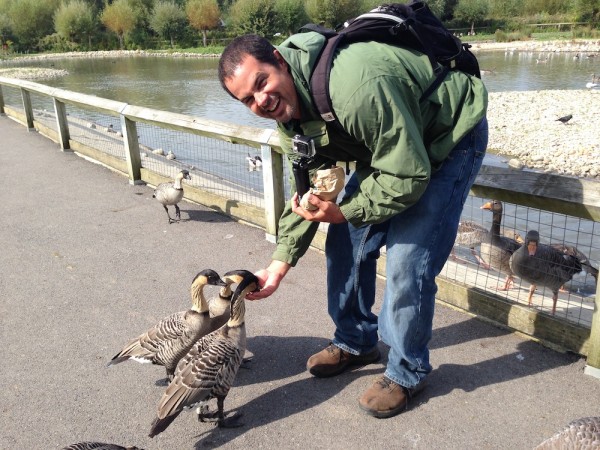
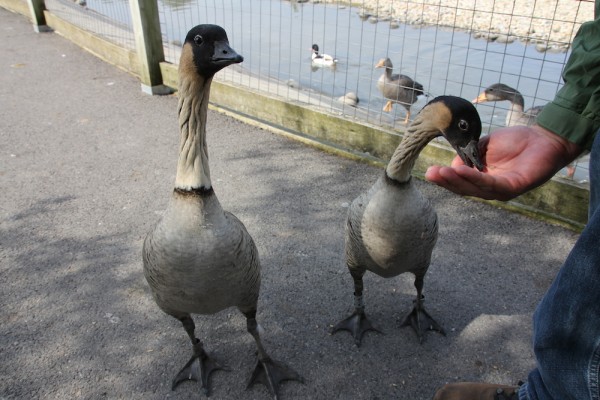
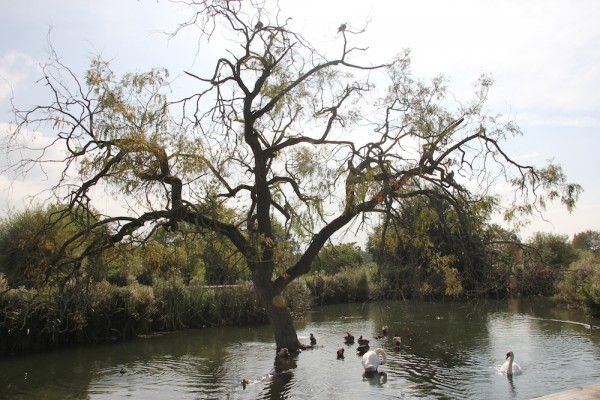
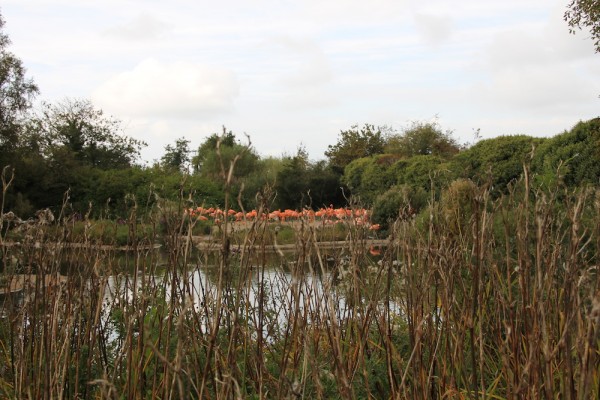
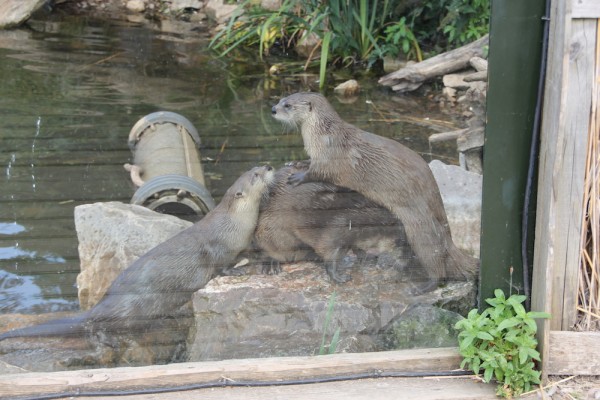
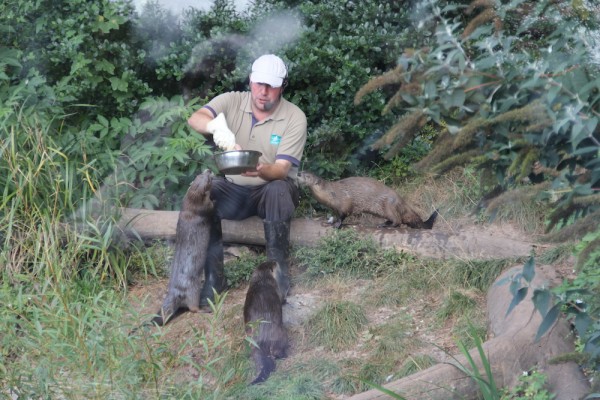
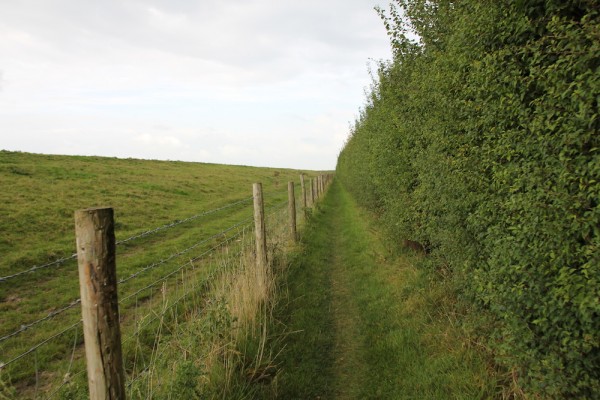
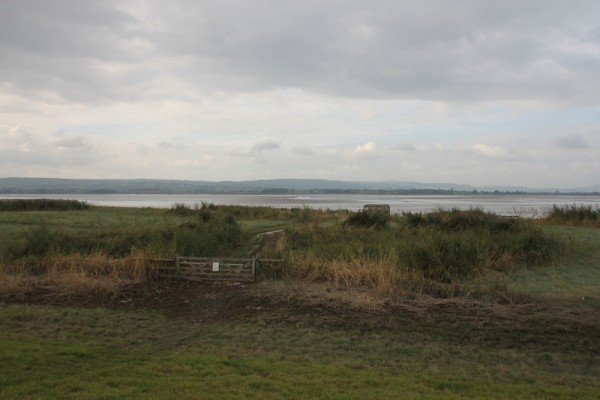



6 Comments
Love the blog! Keep our Nene survival forever!
You forgot Kauai where half the nene population in Hawaii live sustainably.
Best places to see them–if not overhead at the moment–are Kilauea Point National Wildlife Refuge, Hanalei National Wildlife Refuge (taro fields), Kokee State Park, and Kauai Lagoons gold course just below the airport. In the last location, at times, the birds have been caught and released on other islands due to the threat of air strike. Oh, wait, I think I hear some flying over the house now. Or that could be a rooster!
And by the way, I would totally go see nene in England, too!
CAT: Hopefully, these animals will last thanks to people who take care of them. Unfortunately, besides predators, pesticides and other chemicals may doom them. We humans need to be careful as well as to our exposure and tolerance toward some of the chemical usages in our lives.
In Northern California there always these gesses staying on schools yard and parks. In Daly City gardeners having to hired people with dogs to chase them away for the mess up the landscapes.
Hello Cat and Kai,
Nene’s in London, who would have known.